Huawei ADF10S48B User manual
Other Huawei Media Converter manuals

Huawei
Huawei SUN2000 Series User manual

Huawei
Huawei GDQ54S12B-4A User manual

Huawei
Huawei MERC Smart PV Optimizer User manual

Huawei
Huawei DEC6108 User manual
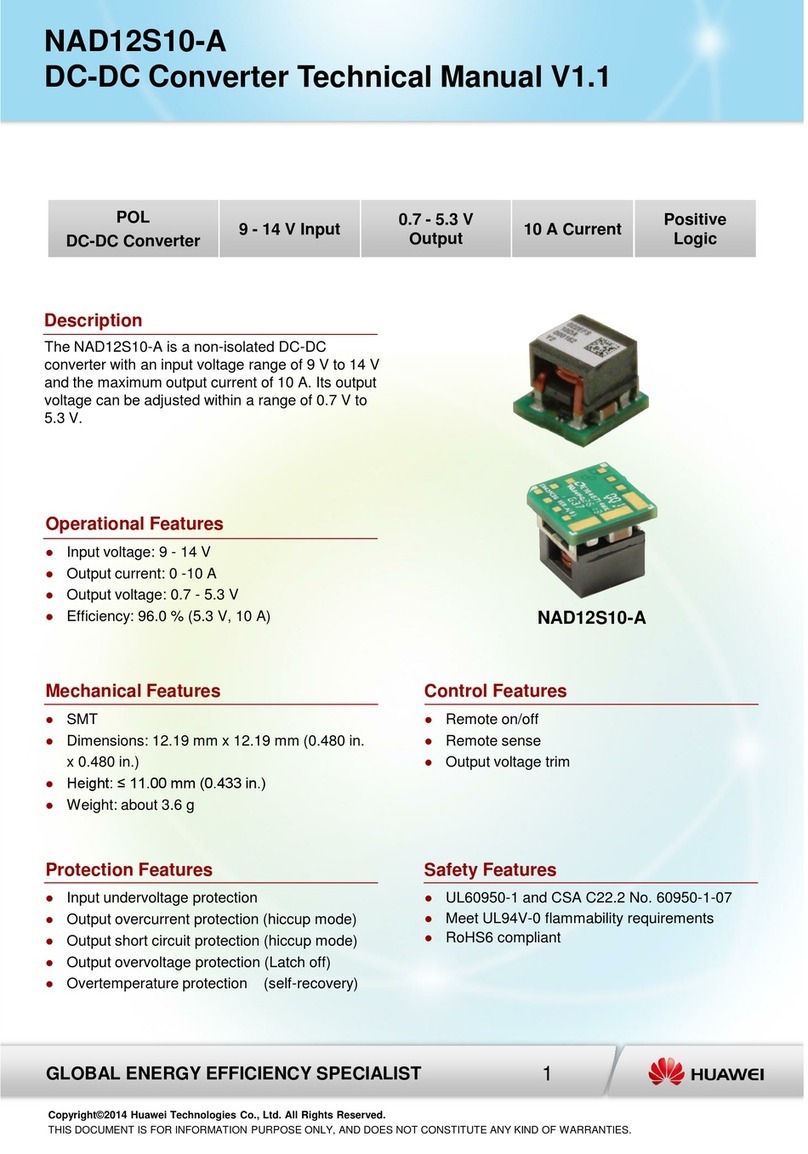
Huawei
Huawei NAD12S10-A User manual
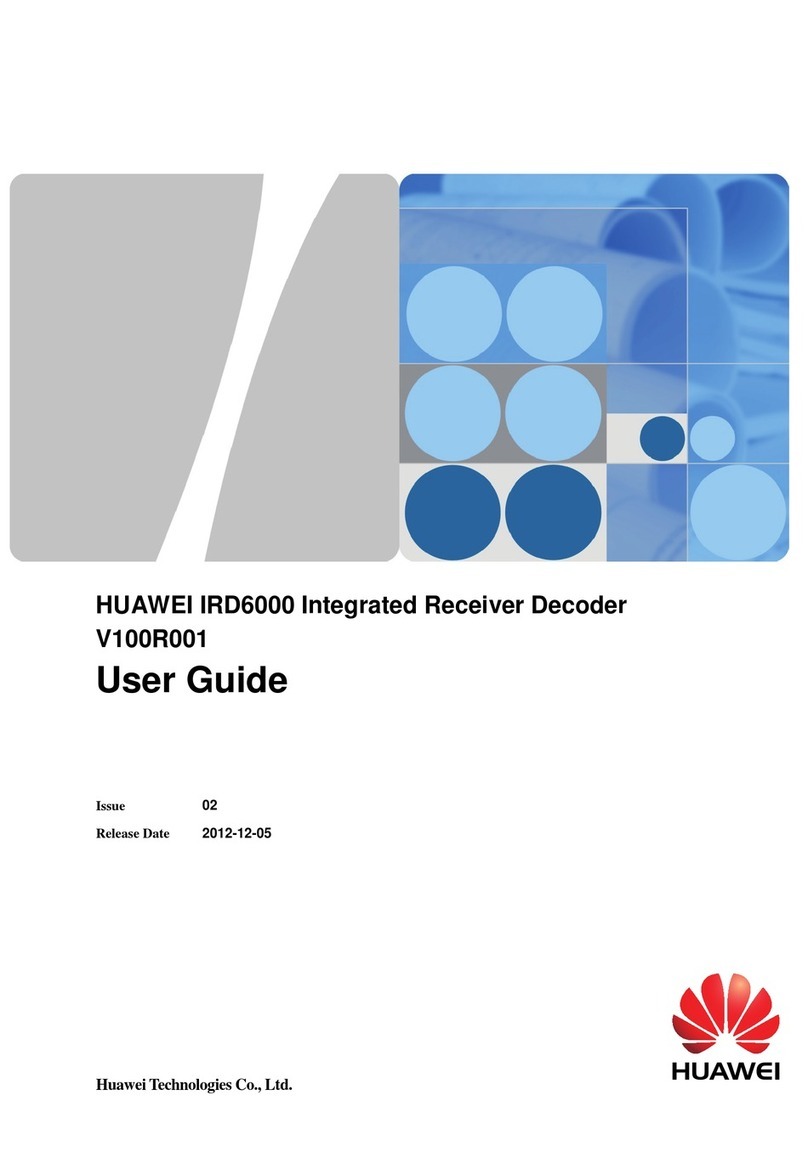
Huawei
Huawei IRD6000 User manual
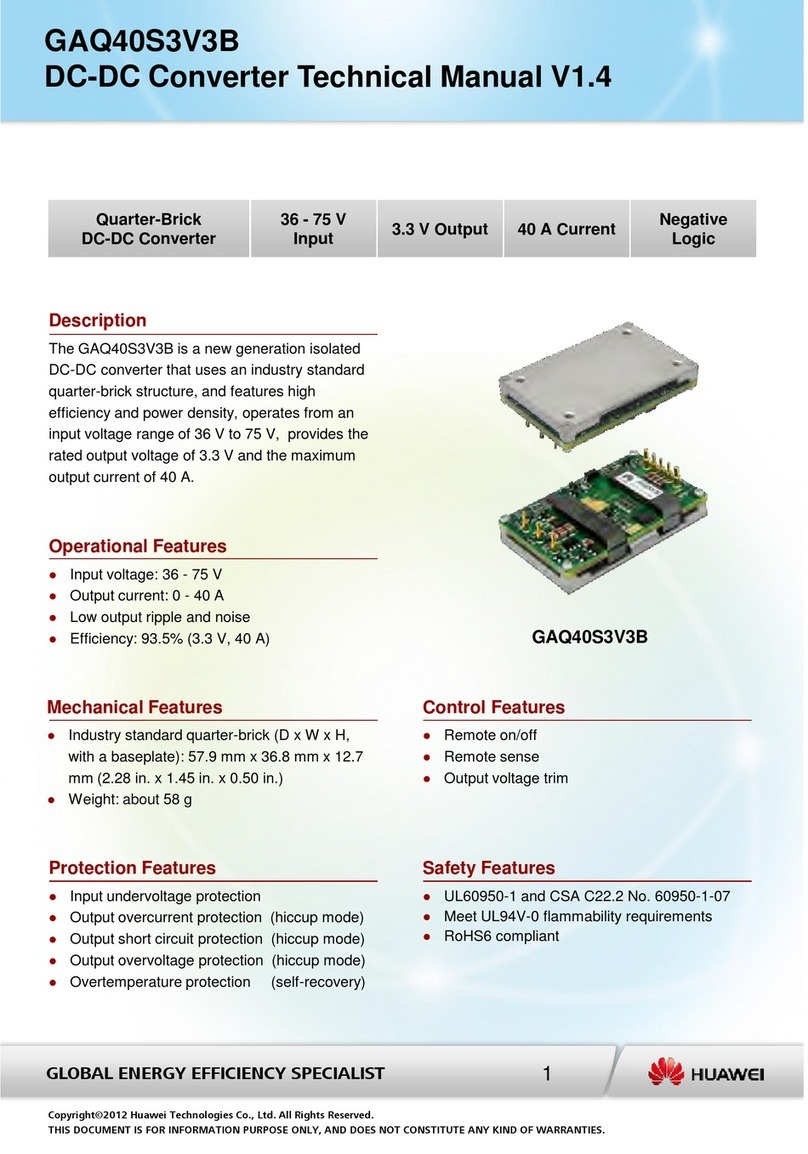
Huawei
Huawei GAQ40S3V3B User manual
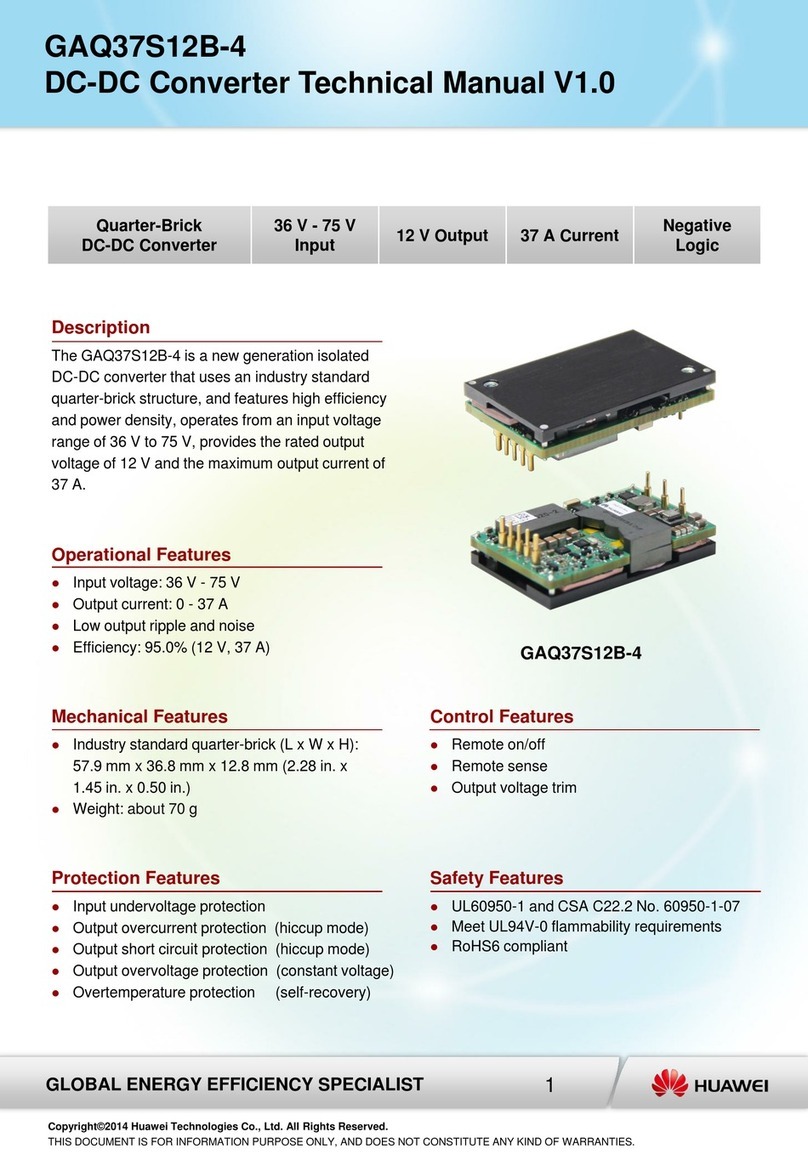
Huawei
Huawei GAQ37S12B-4 User manual
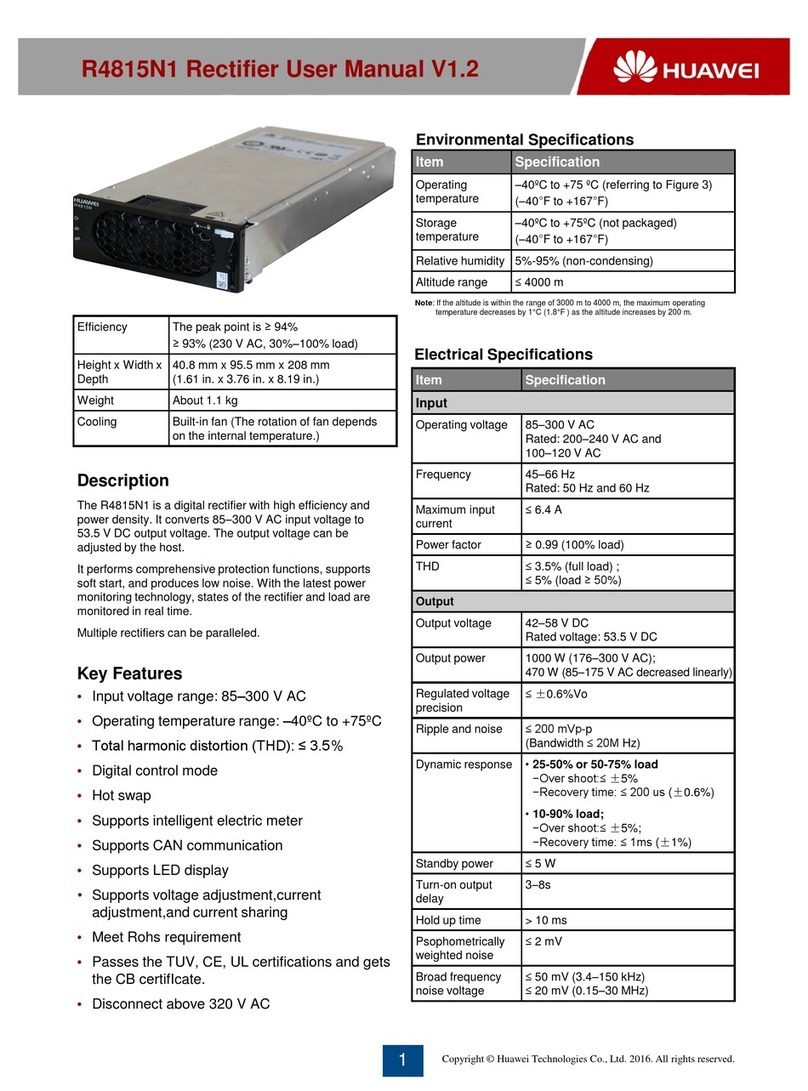
Huawei
Huawei R4815N1 User manual
Popular Media Converter manuals by other brands

H&B
H&B TX-100 Installation and instruction manual

Bolin Technology
Bolin Technology D Series user manual

IFM Electronic
IFM Electronic Efector 400 RN30 Series Device manual

GRASS VALLEY
GRASS VALLEY KUDOSPRO ULC2000 user manual

Linear Technology
Linear Technology DC1523A Demo Manual

Lika
Lika ROTAPULS I28 Series quick start guide

Weidmuller
Weidmuller IE-MC-VL Series Hardware installation guide

Optical Systems Design
Optical Systems Design OSD2139 Series Operator's manual

Tema Telecomunicazioni
Tema Telecomunicazioni AD615/S product manual

KTI Networks
KTI Networks KGC-352 Series installation guide

Gira
Gira 0588 Series operating instructions

Lika
Lika SFA-5000-FD user guide















